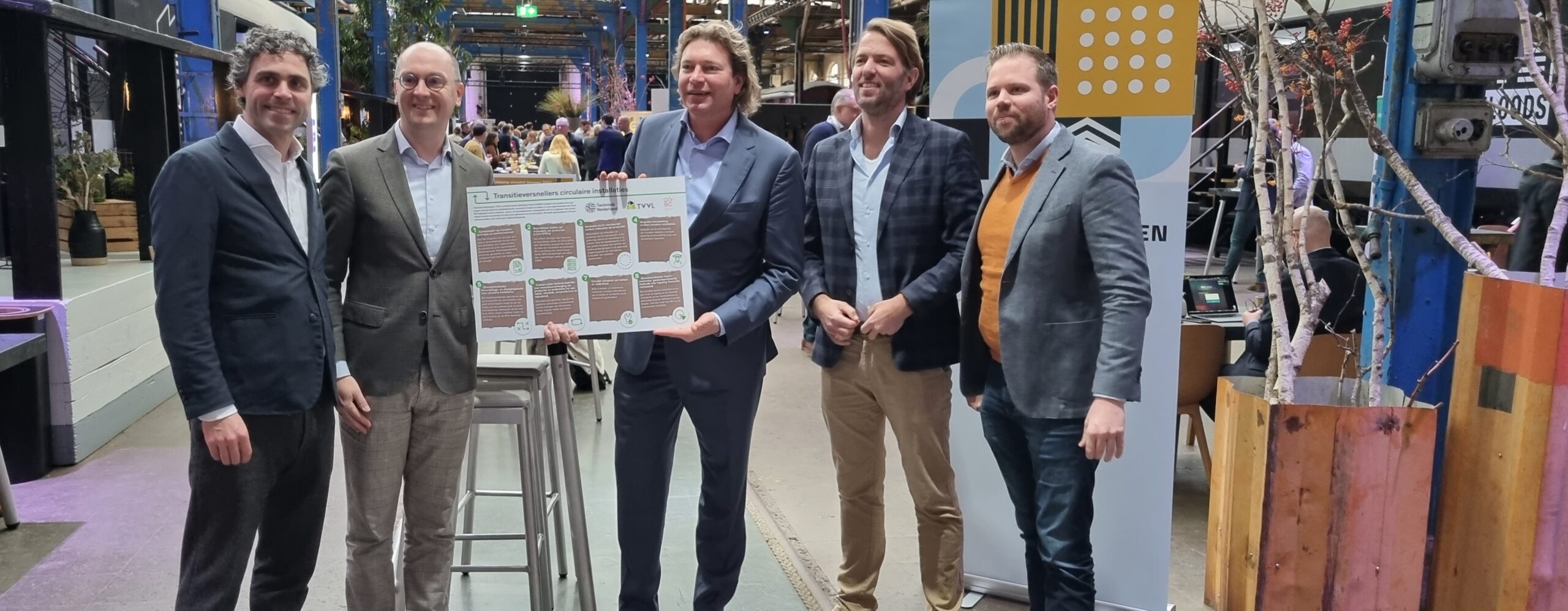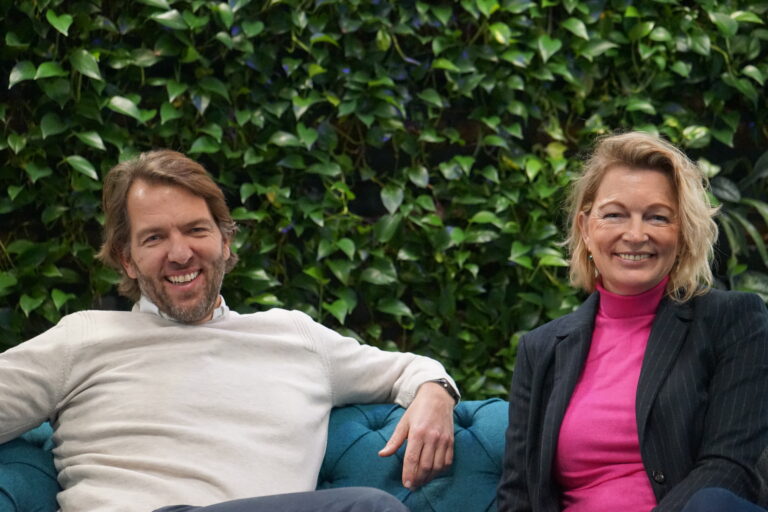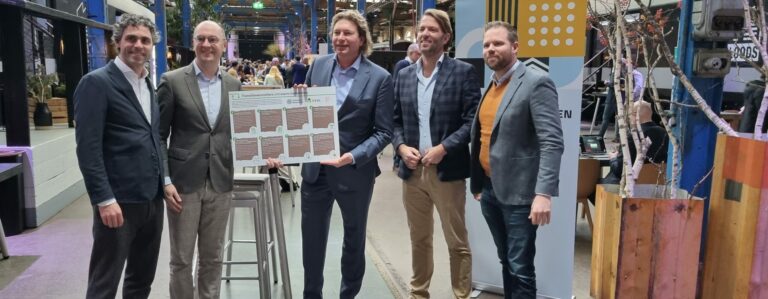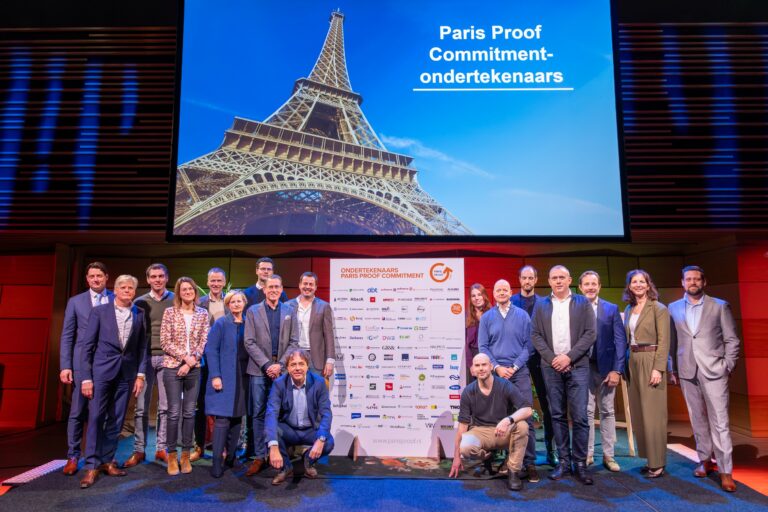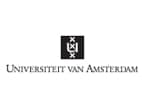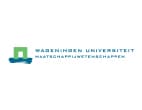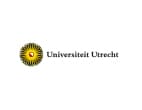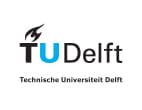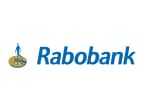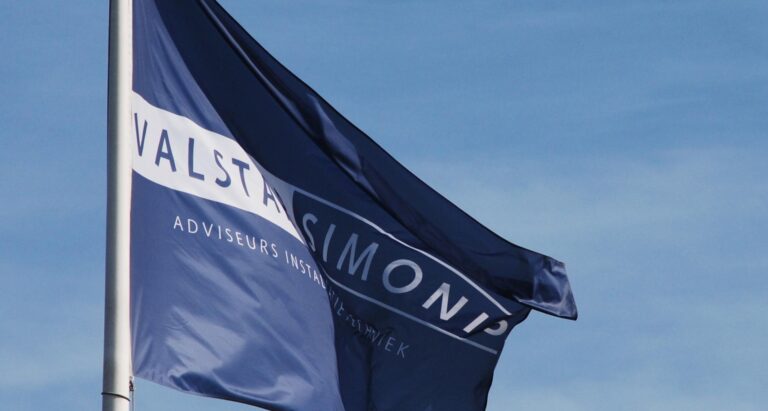Technical installations in the built environment can become circular more quickly. This is stated by the technology sector in the Circular Installations Action Agenda. Major steps can be taken through circular procurement, data availability, appropriate financing and knowledge sharing. Industry organization Techniek Nederland, Dutch Green Building Council (DGBC) and knowledge platform TVVL presented the Action Agenda today during the Circulair Bouwen aan Morgen conference. Vincent Gruis, chairman of the Circular Construction Economy Transition Team received the document.
Taking action together for circular installations
Solar panels, heat pumps and other installations are indispensable in the energy transition. At the same time, they contain scarce raw materials. Installation technology plays a major role in the environmental impact of buildings. Reducing this is becoming increasingly relevant due to the tightening of the Environmental Performance of Buildings (MPG). The transition to a circular installation sector is being worked on from various angles. This creates overlap, subjects are examined multiple times and essential knowledge is missed. Industry organization Techniek Nederland, knowledge platform TVVL and Dutch Green Building Council (DGBC) therefore joined forces and organized four expert sessions in the autumn of 2023 to make the installation sector circular more quickly. They present the results in the Action Agenda.
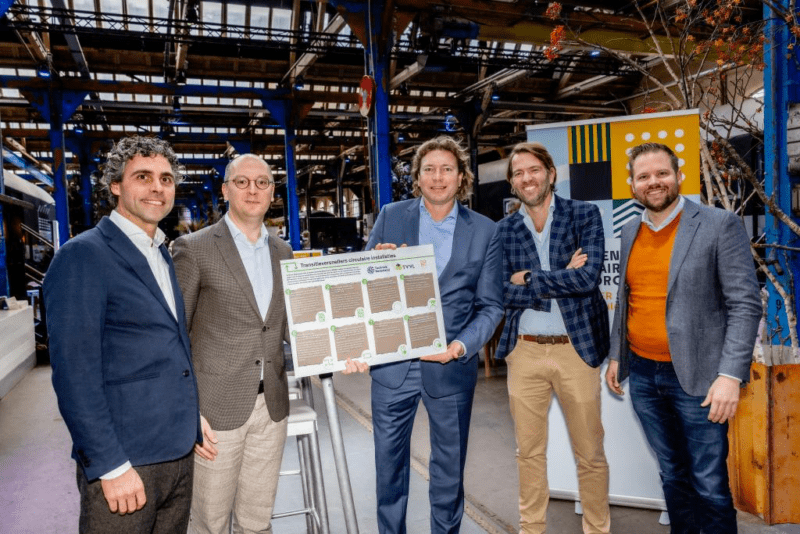
Transition accelerators
The Action Agenda contains eight transition accelerators with concrete action points:
- Procurement based on circular principles and contract forms
- Making environmental data of products available (life cycle analysis/environmental product declaration)
- Align with EU standards for environmental data on products
- Increasing knowledge sharing about circular installations
- (Further) development of an assessment and consideration framework for circular installations
- Creating the right preconditions for extending the lifespan of products and parts (reuse, repair, refurbish, remanufacture and repurpose)
- Circular implementation of management and maintenance
- (Further) development of a market-based/standardized method for determining financial residual value
Circular installations have priority
Vincent Gruis, chairman of the Circular Construction Economy Transition Team, is pleased with the Circular Installations Action Agenda: 'Installations are indispensable for the comfort, health and energy efficiency of our buildings. Circularity is necessary to produce and reuse the installations themselves sustainably. Circular installations are therefore also one of the priority product groups in the National Circular Economy Program and the Circular Construction Economy and Circular Manufacturing Industry Transition Teams.'
From linear to circular
Circularity program manager Laurens de Vrijer of Techniek Nederland: 'The transition to a circular economy is urgent. We cannot continue to exhaust the earth, we are already reaching the limits. With the Action Agenda we indicate the path to a circular installation sector.' According to De Vrijer, the sector is increasingly aware of the importance of circularity. 'I see great initiatives in many places, but they are too fragmented. We need systemic change. Reuse of components and complete systems is becoming the standard. We are moving faster from linear to circular.'
Availability of data is a crucial condition
“The availability of data is a crucial condition for the assessment of circular installations, and that is also one of the biggest challenges,” says Ruben Zonnevijlle, circularity program manager at DGBC. 'This challenge exists in the Netherlands, but also internationally, and must therefore be tackled at European level. Most installation manufacturers supply the whole of Europe and not just the Netherlands. Harmonization of environmental data of products with European standards is a major step forward to accelerate. Due to the international nature of installation manufacturers, the need is greater than for other construction products and materials.'
Action agenda for real change and chain collaboration
Olaf Easting, board member of TVVL and director at Valstar Simonis: 'We use a lot of materials in the installation sector. Their production produces significant CO2-footprint. We also work with systems that contain many scarce metals.' Oosting thinks that the Action Agenda provides the impetus for real changes. 'A fully circular installation sector is feasible. If all parties in the chain work together and financial institutions, government, knowledge institutions and NGOs join in, things can move quickly.'
Download the full action agenda here:
